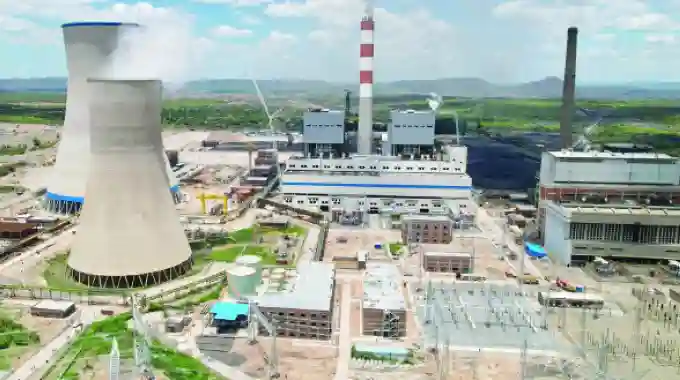Zimbabwe’s power generation is expected to decline further in the coming months as Units 7 and 8 of the Hwange Thermal Power Station, which provide nearly half of the country’s electricity, are scheduled for Class C maintenance—a statutory requirement.
This maintenance will remove 600 MW from the grid at a time when output from Kariba has fallen to just 215 MW.
Consequently, Zimbabwe will rely on five operational units at Hwange (1, 2, 3, 4, and 6), many of which are prone to breakdowns.
Class C maintenance involves more comprehensive tasks than routine maintenance. This type of maintenance is scheduled periodically and includes detailed inspections of critical components and systems to identify potential issues that may not be evident during regular checks.
It also encompasses complete overhauls of major equipment, such as turbines, generators, and boilers, ensuring they operate efficiently and safely.
Additionally, extensive testing and calibration of instruments and control systems are conducted to maintain accuracy and reliability.
Gloria Magombo, the permanent secretary of the Ministry of Energy and Power Development, said that Zimbabwe has licenced Independent Power Producer (IPP) projects totalling nearly 2,000 MW in solar energy and 920 MW in coal.
However, most of these projects remain unimplemented because investors require a stable environment and government guarantees on returns.
Magombo said that the average electricity demand during winter was 2,300 MW, while the average supply stood at only 1,550 MW.
More: Pindula News

